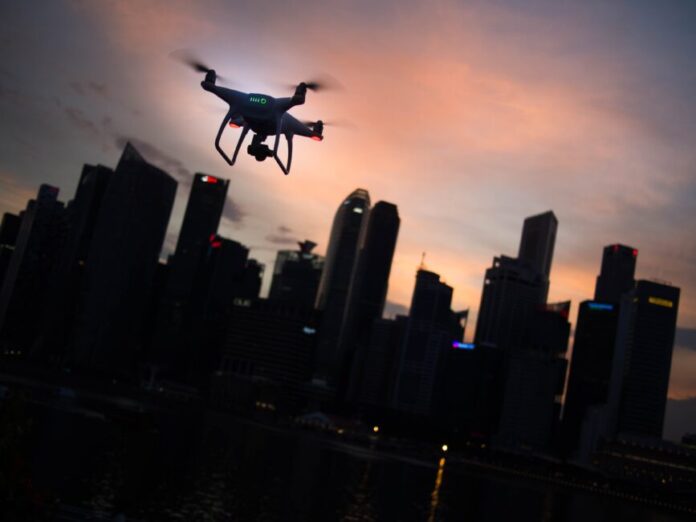Would you like to take part in remote piloting using today’s Unmanned Aircraft System (sUAS) technologies? If so, you need to participate in drone training both online and off-line.
Not only will you learn, hands-on, how to operate a drone in the field, you will find out how to get a career in the industry. If you consider yourself more entrepreneurial, you can also learn what it takes to establish a drone company.
Taking the Part 107 Exam
To become a successful and certified drone pilot, you have to study for the Part 107 exam, a requirement of the Federal Aviation Administration, or FAA. By taking Delaware drone training, you can get certified as a remote drone pilot and find work in this innovative field.
To pass the drone training school tests, you will need to know the following topics. You should be able to answer the questions on the 107 FAA exam by referring to the FAA study guide. Make sure you have a grasp of the following:
The rules related to sUAS flight restrictions and operations
Airspace classification requirements for flight operations
The effects of the weather on drones, or small unmanned aircraft performance
Loading and performances of the sUAS
Emergency processes
Management of crew resources
Radio communication guidelines
Performance factors of sUAS
Physiological impacts of drugs and alcohol
Aeronautical judgment and decision-making
Aviation operations
Maintenance and pre-flight inspection processes
Meeting Your Study Goals
To be more concise, you have to know, for instance, what makes up Air Spaces B through G and how to read a sectional chart.
You won’t find this too overwhelming if you enroll in drone ground school training. Hands-on experience combined with a complete knowledge of the FAA subject material will make testing easier.
For example, can you define a Class B airspace? This airspace starts at the surface and rises to about 10,000 feet mean sea level (MSL). This airspace surrounds busy airports where passenger enplanements and ongoing operations are the norm.
As noted, you will also need to understand how to read a sectional chart, and therefore must be well versed in defining –
Longitude and latitude
Victor airways
Isogonic lines
Flying Successfully through Testing
Besides understanding radio communications and drone flight patterns, you also need to be competent in micro-meteorology. To pass drone testing, you should understand all facets of flying, as they pertain to –
Using air spaces
Reading a sectional chart
Employing flight patterns, and
Flying through weather extremes.
So, are you ready to take Delaware drone training? Know what to expect and you will know how to prepare for any tests.






















